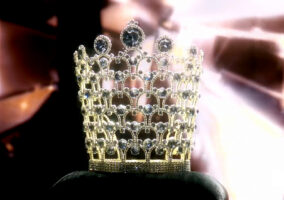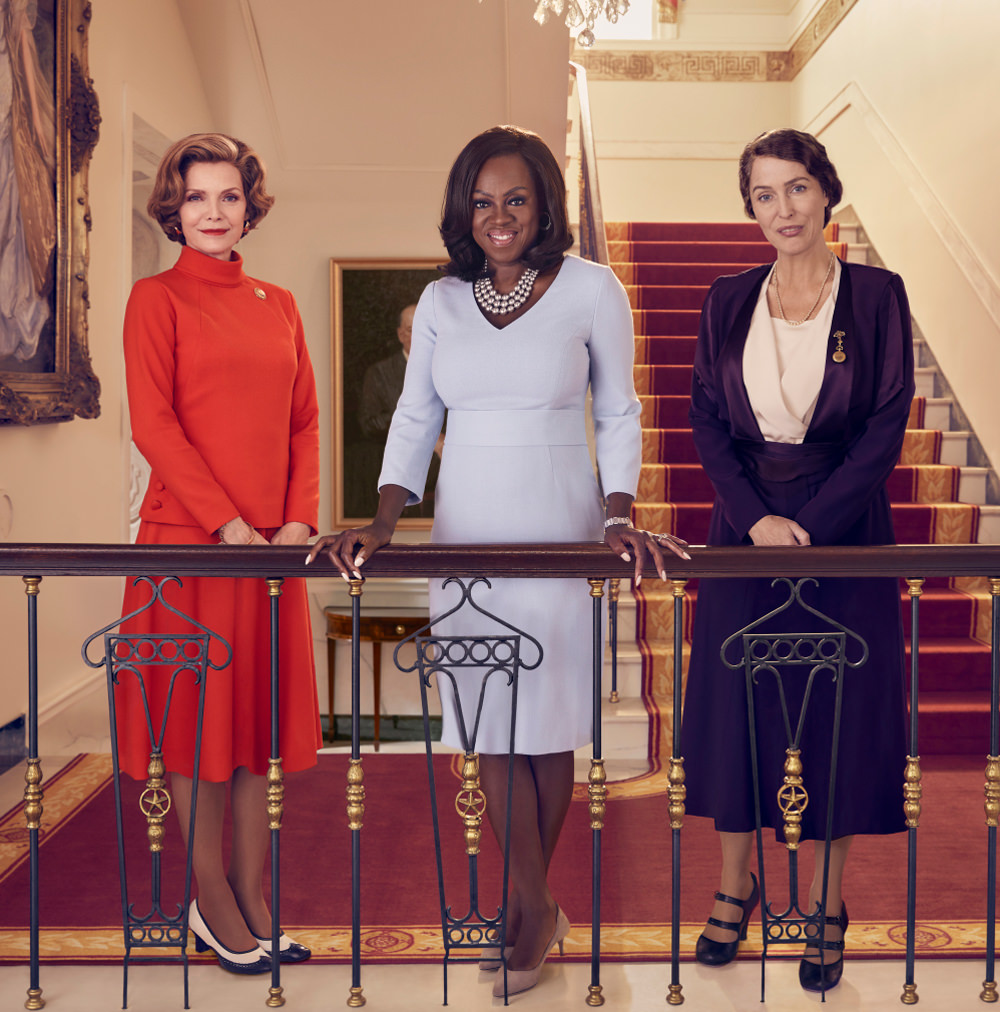
Anchored by three very good performances by its three stars, Showtime’s anthology series The First Lady is lightly entertaining, but frustrating in its unevenness and inability to go any deeper than the surface, hitting major biographical and political bullet points, but rarely uncovering any revelations. We had hoped to do weekly reviews of the show, but after bingeing the whole series through screeners, we’re sorry to say that it doesn’t rate that kind of attention. It’s not a terrible show by any means, and if you’re inclined to stories like these or are interested in these women or these actresses, we think you’ll be pleasantly engrossed enough to watch the whole thing. We had no problem plowing through all ten hours of the show, but it was only near the end of the season that we realized how disappointing it was to us.
Rather than run down a litany of mistakes or complaints, we’re going to focus on two things that summed up the series’ lack of coherence for us. The first, oddly enough, is the credit sequence that starts every episode. It might not be fair to center a critique on something so peripheral to the story, but the sequence establishes a sort of theme or focus that that is never picked up on in the series itself. While the credits roll and a funky, female-voiced version of “This Land is Your Land” plays, a montage featuring a series of archival footage clips depicting the space race, mid-century beauty queens, bathing beauties and brides, flight attendants and waitresses, little boys playing with guns, and campy scenes of the founding fathers from old movies (among other similarly confusing ephemera) plays out across the screen. It’s an extremely muddled and confusing set of imagery with which to launch this show, as most of the footage deals with white Baby Boomers, a status absolutely none of the main characters share. There’s clearly a theme of Americana and feminism intersecting in this imagery, but none of that is reflected in the show itself, which is not at all interested in diving into larger themes or making expansive points about these women or their role. It feels like someone took a rejected credit sequence for Mrs. America, the Cate Blanchett-led series about the fight for the ERA and just changed the names on it. We wouldn’t normally point this out except that it’s representative of where and how the series fails. It doesn’t have a consistent and cohesive thesis or point to make.
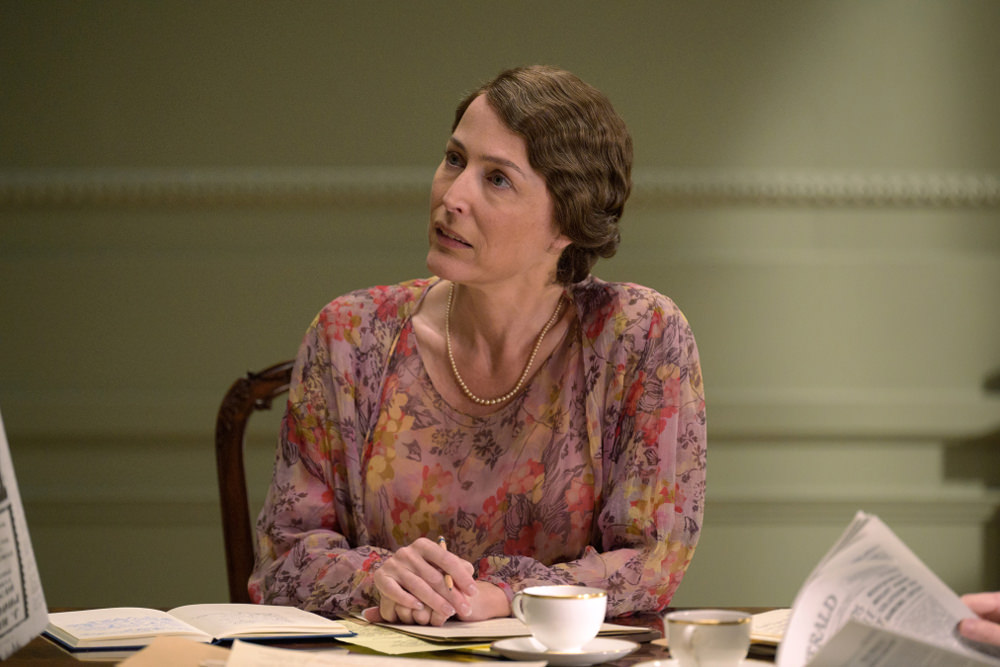
The First Lady isn’t really about feminism, nor is it particularly about the history of the role of the First Lady. It is strictly interested in running down the major parts of each woman’s time as First Lady and connecting their actions in that role to various aspects of each woman’s life history. Betty Ford leaves a disastrous and abusive first marriage and her dreams of dancing to become a political wife with an untameable flair. Michelle Obama’s family struggles with medical debt and college tuition inform her passion for healthcare reform and mentoring young Black girls. Eleanor Roosevelt’s parental abandonment, her husband’s infidelity and later, his sudden debilitation from a paralytic infection toughen her up to become a sort of co-President, leading the country out of the Depression and through the Second World War. As biographical observations, all of these are simple and straightforward, if not necessarily original or particularly probing. This brings us to our second observation about the show’s rather shaky structure. All three women have stories in every episode, jumping back and forth all over the timeline, from the late 19th Century of Eleanor Roosevelt’s childhood all the way up to the launch of Michele Obama’s memoir Becoming in 2018. The series attempts to keep each installment thematically cohesive; the best example of which is an episode that depicts Betty Ford campaigning for the Equal Rights Amendment, Michelle, Sasha and Malia Obama arguing with Barack about his lack of support for gay marriage, and Eleanor Roosevelt entering into a full-blown relationship with journalist Lorena Hickock. Feminism, gay marriage, and a burgeoning queer relationship between two women might come off a little too neat and facile as a set of thematic elements, but the series only makes its case for itself when it’s able to draw interesting parallels among these women. Unfortunately, it fails to do so more often than it succeeds.
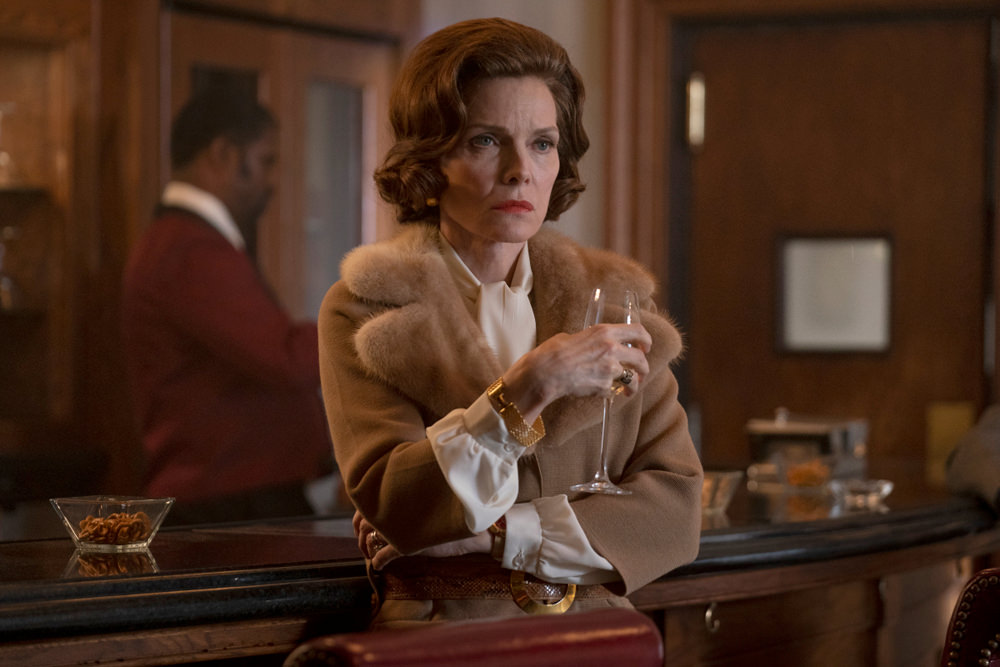
It establishes this cross-cutting pattern and then fails to uphold it in the first episode, which opens with each woman sitting for their official portrait before jumping back in time; first, to show the circumstances under which Betty Ford entered the White House (frantic, rushed, confused) and then to show how Michelle Obama entered the White House (wary, painfully aware of every Black household servant and piece of racist artwork). It would seem a slam dunk to then depict the day Eleanor Roosevelt entered the White House, but for some inexplicable reason, the calendar flips all the way back to 1921 to show Franklin Roosevelt’s polio diagnosis. We don’t see Eleanor Roosevelt’s White House tour until the next episode. We point this out not to reveal some terrible creative crime or even to claim that we sat there in disappointment as these scenes unfolded. The First Lady can be a perfectly pleasant way to pass the time, but you’ll constantly come up against these puzzling creative decisions or a sense of incoherence in the story. It never goes as deep as it could, never truly critiques any of its subjects, and is wildly inconsistent with how it applies its decade-hopping structure.
But let’s face it: with A-list casting like this, the whole project lives or dies on its performances. On that front, we can’t claim Gillian Anderson, Viola Davis and Michelle Pfeiffer aren’t up to the task, although the results of their efforts do vary somewhat. Pfeiffer gives the best performance by far, imbuing Betty Ford with a sense of fun and defiance, while subtly demonstrating the effects of alcohol and pill abuse in almost every line reading. The scripts may not do much to avoid cliche, but she finds meat in every single line of dialogue. She’s so good, it made us wish the season had been devoted entirely to her. Viola Davis can’t not be good as Michelle Obama, but her attempts to lighten her voice and clip her speaking style to more closely resemble the former FLOTUS is so distracting at times that it comes off a bit comical. It doesn’t help that O-T Fagbenle’s Barack Obama sounds more like a Saturday Night Live sketch than a real person. The result is that you sometimes have to sit through dramatic scenes of two actors trying way too hard to perfect their mimicry. Gillian Anderson’s performance suffers from similar problems. She delivers exactly the same kind of actorly, technique-heavy work that won her all the awards when she played Margaret Thatcher on The Crown; grimacing and lurching through her scenes, delivering all her lines through a set of prosthetic teeth. It’s better than it should be because she really is very good at this sort of thing, but her physicality is so wildly off from the iconic first lady (Anderson is 5’3″ to Roosevelt’s 5’11”) that all her attempts to overcome it tend to overwhelm her performance. She’s a tiny size 2 trying to play a woman known for her physical and intellectual dominance. She’s a world class beauty playing a woman widely derided for her unattractiveness. She is also stuck with a scene partner playing her husband like some sort of animatronic President figure in Disney World, a weirdly miscast Kiefer Sutherland as Franklin Roosevelt, squawking his way through every scene.
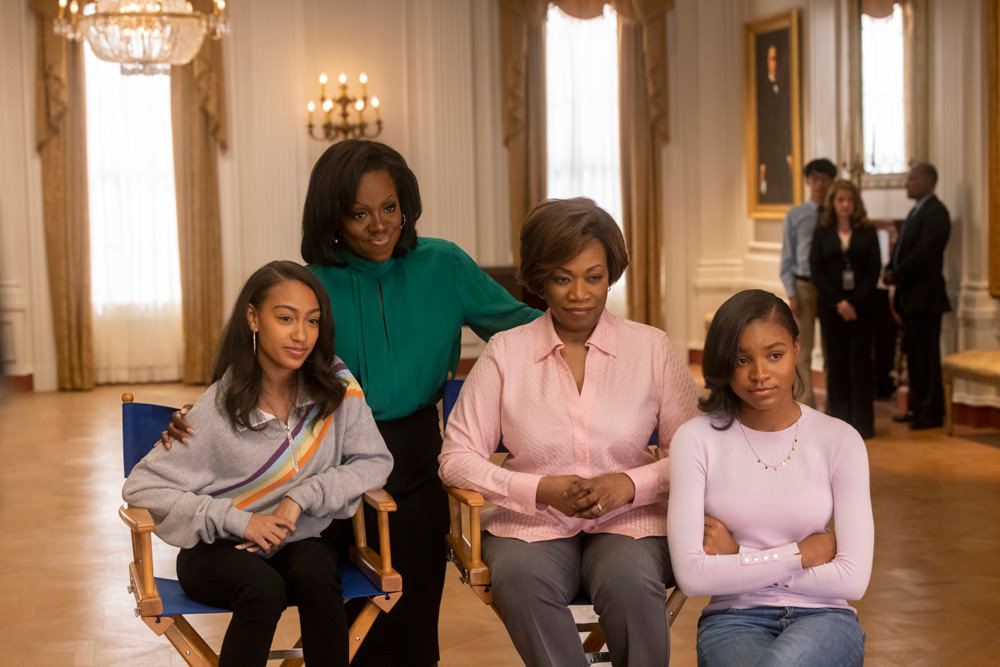
They’re all supported by a pretty great female supporting cast of recognizable faces; Judy Greer as Betty’s close friend, Dakota Fanning as Susan Ford, Ellen Burstyn as Eleanor’s domineering mother in law, Lily Rabe as Lorena Hickok (even if she is not up to the task of embodying the legendarily butch journalist), Clea Duvall as Eleanor’s press secretary, Regina Taylor as Michelle’s mother, and Kate Mulgrew as Michelle’s chief of staff. There are too many good performances for us to call The First Lady a failure. It’s a mildly entertaining, lightly interesting stroll through an animated museum exhibit, but it never raises any deep questions and certainly never provides any new answers. We were frustrated by its failed potential, but enjoyed it in that “for people who like that sort of thing” way. Watch it for the performances.
Rosie Assoulin Spring 2023 Bridal Collection Next Post:
James McAvoy at CYRANO DE BERGERAC Opening Night BAM Gala
Please review our Community Guidelines before posting a comment. Thank you!

